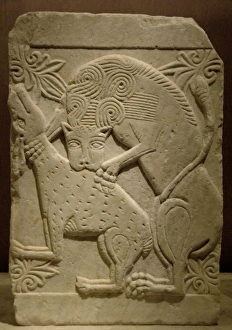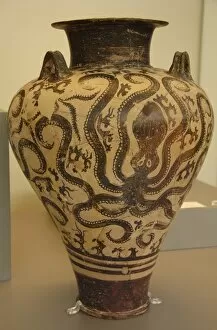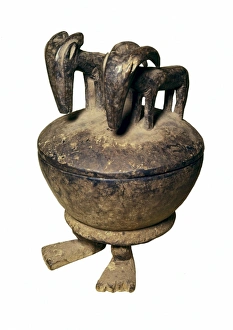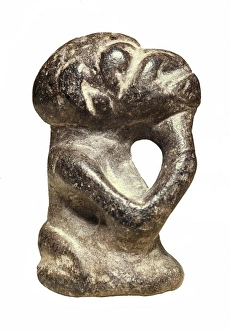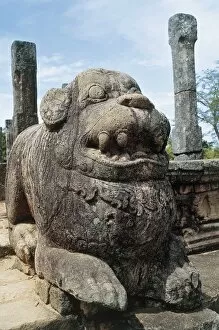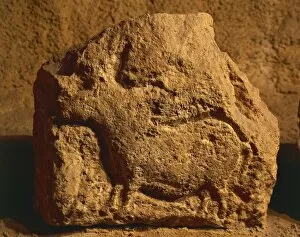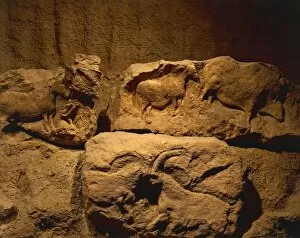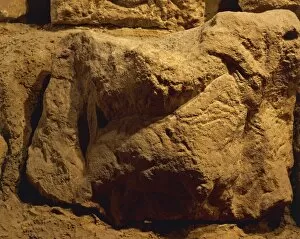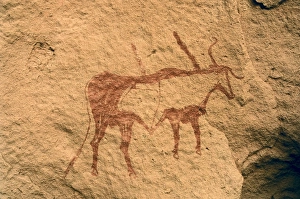Zoomorphic Collection (page 6)
"Exploring the Fascinating World Art: From Dürer's Hare to Ancient Sculptures and African Masks" Zoomorphic art
All Professionally Made to Order for Quick Shipping
"Exploring the Fascinating World Art: From Dürer's Hare to Ancient Sculptures and African Masks" Zoomorphic art, derived from the Greek words "zōon" (animal) and "morphē" (form), refers to artistic representations that incorporate animal features or characteristics. This captivating form of expression has been prevalent throughout history, transcending cultures and continents. One notable example is Albrecht Dürer's iconic Renaissance masterpiece, "Hare. " Painted in 1502, this exquisite watercolor captures the intricate details of a hare with such precision that it seems almost lifelike. The delicate brushstrokes bring forth its wild essence. Moving forward in time, Francisco Goya's etching & aquatint plate titled "Aguarda Que Te Unten, " part of his renowned series Los Caprichos from 1799, presents a satirical commentary on human behavior by depicting anthropomorphic animals engaged in various activities. The zoomorphic theme extends beyond two-dimensional art forms into three-dimensional objects as well. A prime example is an intricately carved ivory priming flask dating back to the 17th - 18th century. Its elaborate design showcases animals intertwined with foliage, showcasing both craftsmanship and reverence for nature. From Africa comes an Asante Stool from Ghana made entirely out of wood. Carved with great skill and adorned with animal motifs such as lions or elephants, these stools hold cultural significance within their communities as symbols of power and authority. Ancient civilizations also embraced zoomorphism in their artwork. A remarkable artifact is the Beaver effigy platform pipe crafted between 100 BC-200 AD using pipestone, pearl & bone by Native Americans known as Adena-Hopewell people. This extraordinary piece combines elements of beavers' physicality while serving ceremonial purposes. Byzantine relief sculptures further exemplify zoomorphism through depictions like a lion devouring a deer on a marble slab.

